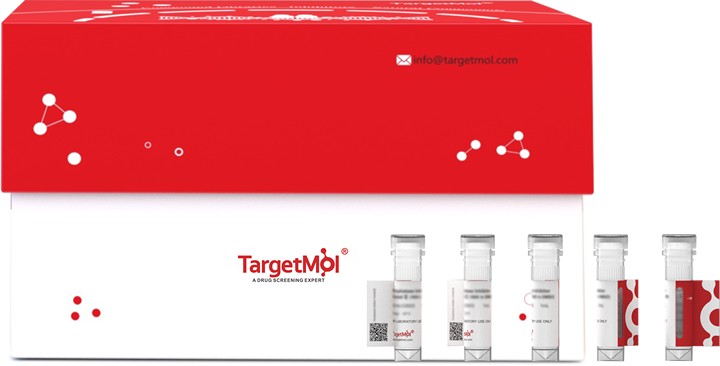Shopping Cart
- Remove All
 Your shopping cart is currently empty
Your shopping cart is currently empty

Catechol 1,2-dioxygenase Protein, Acinetobacter baylyi, Recombinant (His) is expressed in E. coli expression system with N-6xHis tag. The predicted molecular weight is 23.9 kDa and the accession number is P61914.

| Pack Size | Price | Availability | Quantity |
|---|---|---|---|
| 20 μg | $360 | 20 days | |
| 100 μg | $745 | 20 days | |
| 1 mg | $2,530 | 20 days |
| Biological Activity | Activity has not been tested. It is theoretically active, but we cannot guarantee it. If you require protein activity, we recommend choosing the eukaryotic expression version first. |
| Description | Catechol 1,2-dioxygenase Protein, Acinetobacter baylyi, Recombinant (His) is expressed in E. coli expression system with N-6xHis tag. The predicted molecular weight is 23.9 kDa and the accession number is P61914. |
| Species | Actinia equina |
| Expression System | E. coli |
| Tag | N-6xHis |
| Accession Number | P61914 |
| Synonyms | Equinatoxin-2,Equinatoxin II,EqTII,EqT II,DELTA-AITX-Aeq1a,DELTA-actitoxin-Aeq1a |
| Amino Acid | SADVAGAVIDGASLSFDILKTVLEALGNVKRKIAVGVDNESGKTWTALNTYFRSGTSDIVLPHKVPHGKALLYNGQKDRGPVATGAVGVLAYLMSDGNTLAVLFSVPYDYNWYSNWWNVRIYKGKRRADQRMYEELYYNLSPFRGDNGWHTRNLGYGLKSRGFMNSSGHAILEIHVSKA |
| Construction | 36-214 aa |
| Protein Purity | > 85% as determined by SDS-PAGE. |
| Molecular Weight | 23.9 kDa (predicted) |
| Endotoxin | < 1.0 EU/μg of the protein as determined by the LAL method. |
| Formulation | Tris-based buffer, 50% glycerol |
| Reconstitution | A Certificate of Analysis (CoA) containing reconstitution instructions is included with the products. Please refer to the CoA for detailed information. |
| Stability & Storage | Lyophilized powders can be stably stored for over 12 months, while liquid products can be stored for 6-12 months at -80°C. For reconstituted protein solutions, the solution can be stored at -20°C to -80°C for at least 3 months. Please avoid multiple freeze-thaw cycles and store products in aliquots. |
| Shipping | In general, Lyophilized powders are shipping with blue ice. Solutions are shipping with dry ice. |
| Research Background | Pore-forming protein that forms cations-selective hydrophilic pores of around 1 nm and causes cardiac stimulation and hemolysis. Pore formation is a multi-step process that involves specific recognition of membrane sphingomyelin (but neither cholesterol nor phosphatidylcholine) using aromatic rich region and adjacent phosphocholine (POC) binding site, firm binding to the membrane (mainly driven by hydrophobic interactions) accompanied by the transfer of the N-terminal region to the lipid-water interface and finally pore formation after oligomerization of monomers. Cytolytic effects include red blood cells hemolysis, platelet aggregation and lysis, cytotoxic and cytostatic effects on fibroblasts. Lethality in mammals has been ascribed to severe vasospasm of coronary vessels, cardiac arrhythmia, and inotropic effects. |

Copyright © 2015-2025 TargetMol Chemicals Inc. All Rights Reserved.